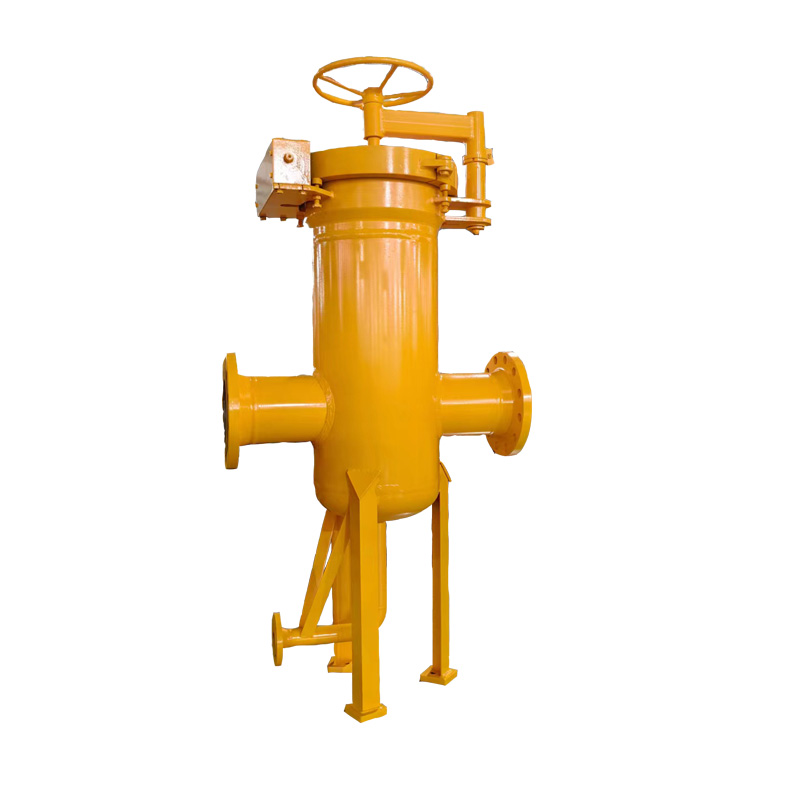
Jul . 11, 2024 01:42
Back to list
Gas distribution hub and its significant role in supplying natural gas to consumers
Gas distribution stations are crucial components of the infrastructure that allows for the transportation and distribution of natural gas to homes and businesses. These stations play a vital role in ensuring that the natural gas supplied from processing plants is safely and efficiently distributed to consumers.
At a gas distribution station, natural gas is received from the main transmission pipelines and undergoes various treatment processes to remove impurities and prepare it for distribution. This includes the removal of water, sulfur compounds, and other contaminants that may be present in the gas. Once the gas has been treated, it is then metered and pressurized before being distributed through local distribution pipelines.
Gas distribution stations are typically equipped with a variety of equipment to facilitate the treatment and distribution of natural gas. This includes compressors, pressure regulation systems, metering devices, and safety systems to ensure that the gas is delivered safely and efficiently. Additionally, these stations are often equipped with monitoring and control systems to ensure that the gas flow is regulated and monitored in real-time.
One of the key functions of a gas distribution station is to regulate the pressure of the natural gas as it is distributed through the pipelines

gas distribution station. This is important to ensure that the gas flows smoothly and consistently to consumers without causing pressure fluctuations that could potentially damage appliances or pose a safety risk. Pressure regulation systems at distribution stations work to maintain a stable pressure level throughout the distribution network. Safety is another critical aspect of gas distribution stations. These facilities are designed and operated in accordance with strict safety regulations to minimize the risk of leaks, fires, or other hazards. Safety systems such as leak detection devices, emergency shut-off valves, and ventilation systems are in place to respond quickly to any potential issues that may arise. Overall, gas distribution stations are essential components of the natural gas supply chain that ensure the safe and reliable delivery of natural gas to consumers. These facilities play a crucial role in maintaining the integrity of the distribution network and providing a vital energy source to homes and businesses. As the demand for natural gas continues to grow, the importance of gas distribution stations will only continue to increase in the future.

gas distribution station. This is important to ensure that the gas flows smoothly and consistently to consumers without causing pressure fluctuations that could potentially damage appliances or pose a safety risk. Pressure regulation systems at distribution stations work to maintain a stable pressure level throughout the distribution network. Safety is another critical aspect of gas distribution stations. These facilities are designed and operated in accordance with strict safety regulations to minimize the risk of leaks, fires, or other hazards. Safety systems such as leak detection devices, emergency shut-off valves, and ventilation systems are in place to respond quickly to any potential issues that may arise. Overall, gas distribution stations are essential components of the natural gas supply chain that ensure the safe and reliable delivery of natural gas to consumers. These facilities play a crucial role in maintaining the integrity of the distribution network and providing a vital energy source to homes and businesses. As the demand for natural gas continues to grow, the importance of gas distribution stations will only continue to increase in the future.
Latest news
-
Safety Valve Spring-Loaded Design Overpressure ProtectionNewsJul.25,2025
-
Precision Voltage Regulator AC5 Accuracy Grade PerformanceNewsJul.25,2025
-
Natural Gas Pressure Regulating Skid Industrial Pipeline ApplicationsNewsJul.25,2025
-
Natural Gas Filter Stainless Steel Mesh Element DesignNewsJul.25,2025
-
Gas Pressure Regulator Valve Direct-Acting Spring-Loaded DesignNewsJul.25,2025
-
Decompression Equipment Multi-Stage Heat Exchange System DesignNewsJul.25,2025

